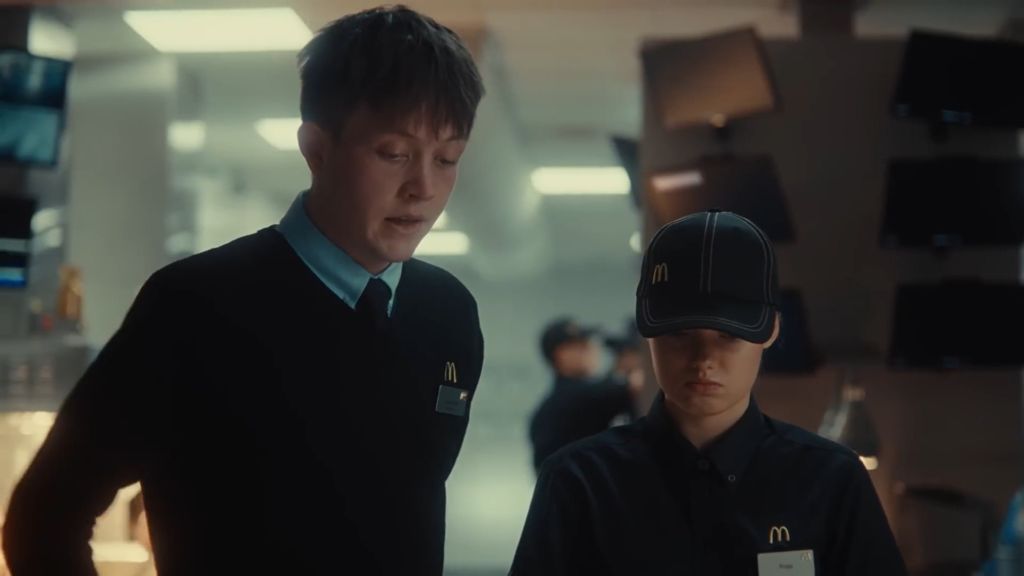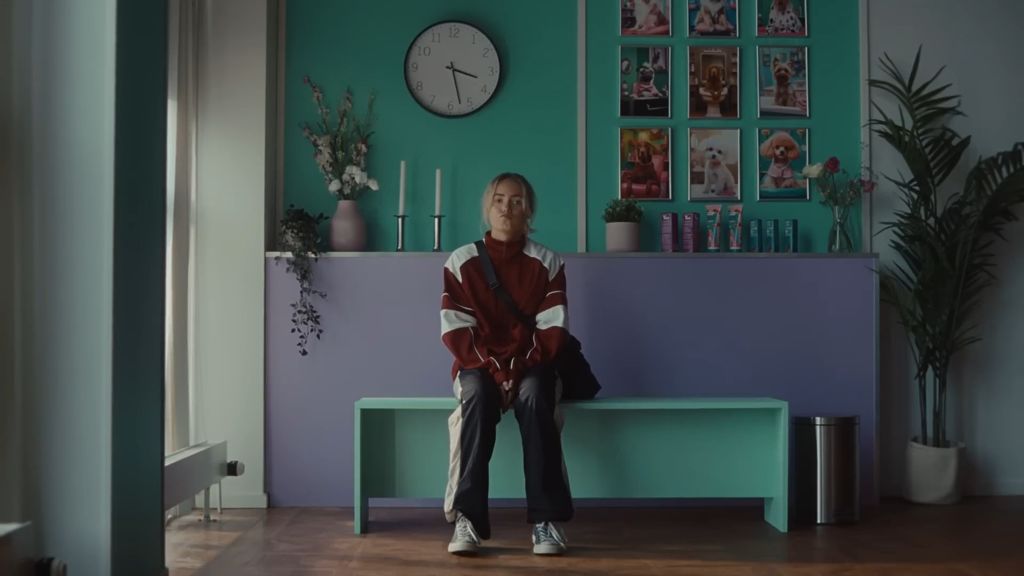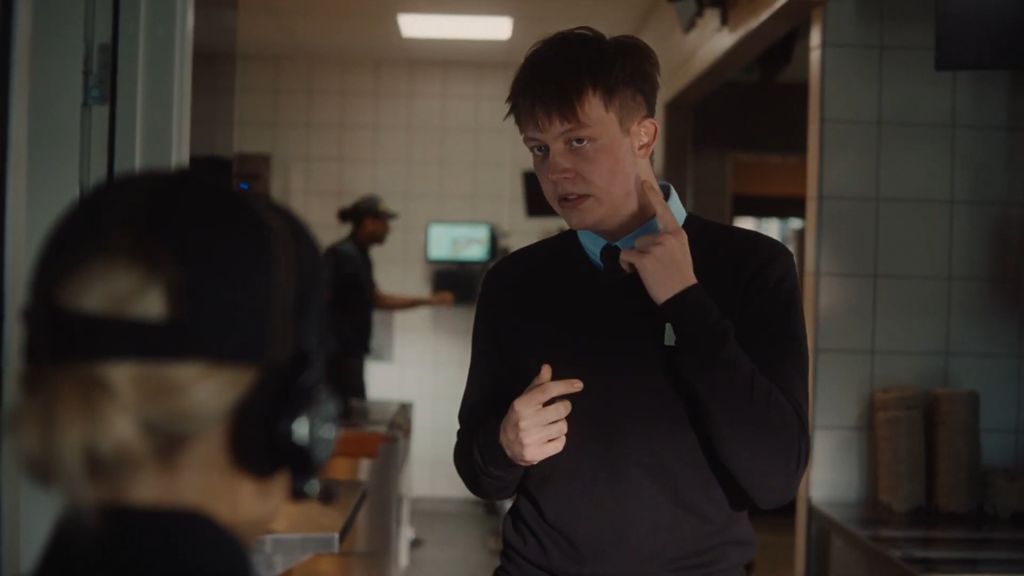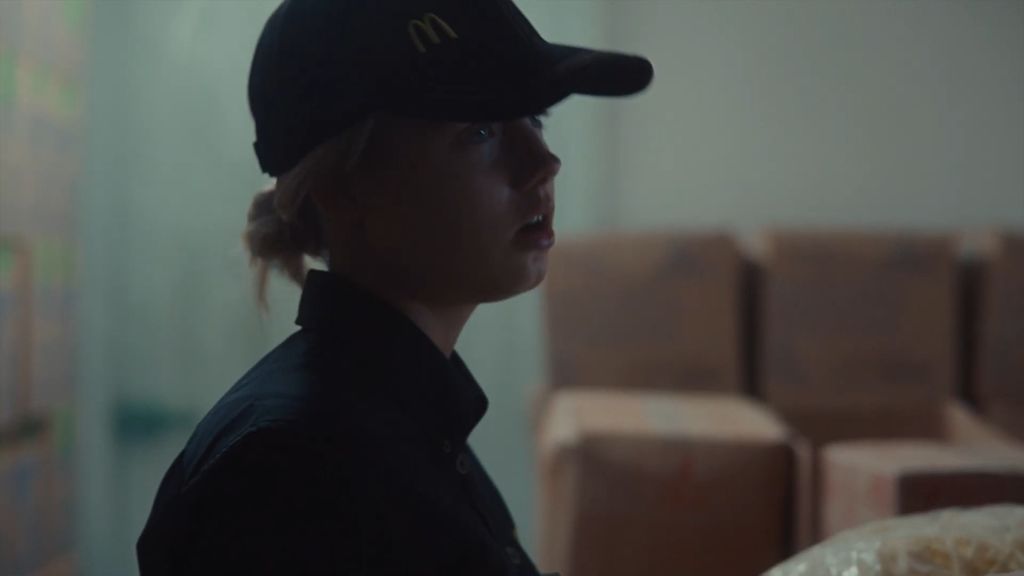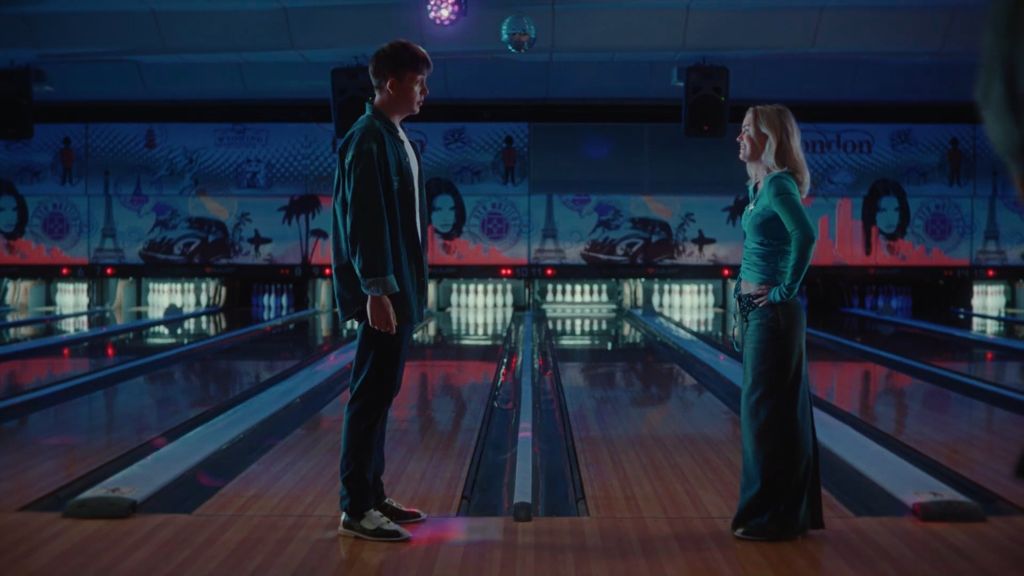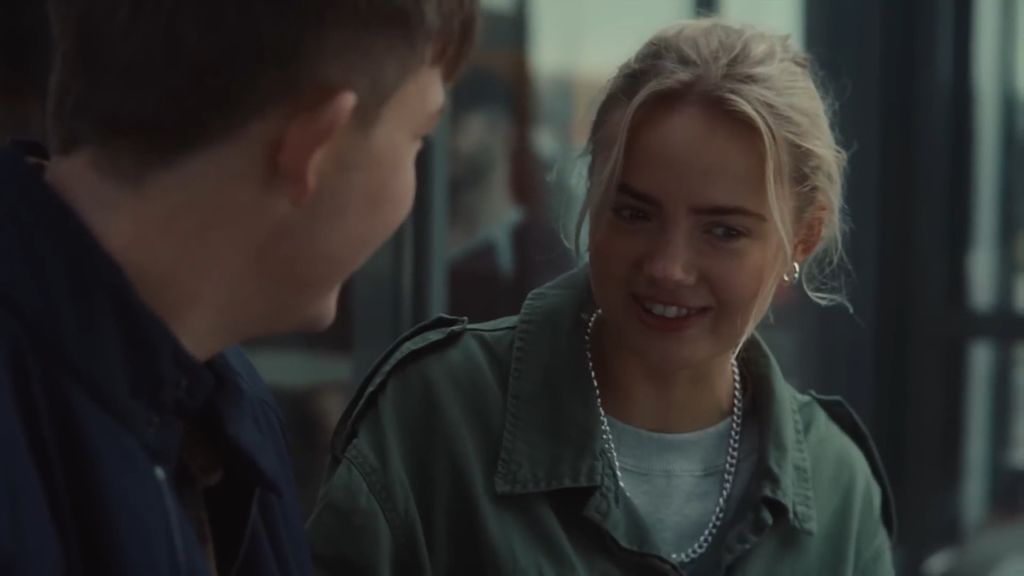Only connect: how content is becoming king again
The world of branded content encompasses everything from Love Island to TikTok influencers via Netflix docos, product demos and YouTube shorts. Tim Cumming talks to a range of industry creatives refreshing the concept of content.
With ad-blocker software ticking away in the underlay of your browser, and a seemingly bottomless well of platforms, streamers, channels and social media boards into which to lower yourself, the future of old-fashioned advertising sometimes looks about as promising as a long lingering lunch on the Titanic.
Thirty years ago, the first banner ads appeared on a young, impressionable information superhighway, and drew a click-through response of 44 per cent. These days, it’s close to zero. So how do brands and advertisers reverse that loss of engagement? The simple answer would be, ‘make really good work that people want to watch’. Easier said than done. These days, even an infant pawing a touchscreen will know when they’re being sold to.
This hybrid, agenda-fluid form has a long history, a repeating pattern of disappearance, and a new lease of life in the mass mediascape of 2024.
We’re all media-savvy now, and to attract eyeballs – and what’s behind the eyes – we need more than brand presence, more than snappy sales lines. We need to be entertained, involved, engaged, absorbed. It’s as if conventional avenues of advertising are facing their own Goldfinger-like nemesis, strapped to a gurney as a laser lance advances steadily towards the groin of the matter. “We don’t expect you to entertain us, Mr Advertising; we expect you to DIE!!”
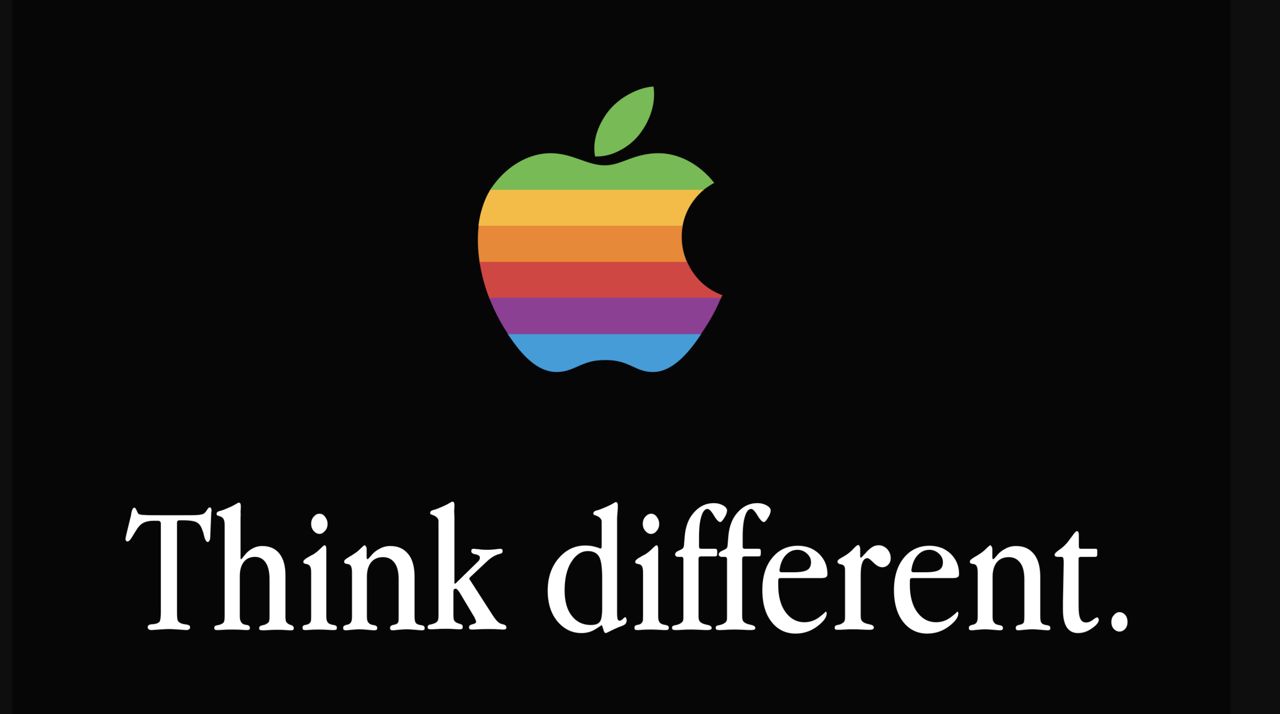
Above: Apples Computers' Think different advertising slogan was used from 1997 to 2002
But as with every cliffhanger, there’s a way out from the impasse. A big hand, please, to the world of branded content. Not quite a programme, not quite an advertisement, this hybrid, agenda-fluid form has a long history, a repeating pattern of disappearance, and a new lease of life in the mass mediascape of 2024, whereby it may act as a saviour to brands and creatives wrestling with ad-blocker culture, and the scroll of indifference to get people to stop, click, engage, and click again for the next episode. In a climate where it’s a case of entertain me or die off, branded content that is light on brand presence and big on content could become the new superhighway of engagement.
Look at Barbie, it’s one giant, immaculately directed piece of branded content.
Or if you can handle it right, go big on both. The TBWA/Media Arts Lab is home to decades of iconic Apple campaigns, from 1984 through Think Different to its dazzling new product demo film, The Great Escape and the utterly charming Fuzzy Feelings. Its Group Creative Director Nick Ciffone defines branded content as simply “anything from a brand that you search out or don’t skip. Length doesn’t matter. Media doesn’t matter. All that matters is the content is designed to entertain, not just inform.”
Credits
powered by
- Agency TBWA\Media Arts Lab/London
- Production Company Stink/UK
- Director Sinan Sevinc
-
-
Unlock full credits and more with a Source + shots membership.
Credits
powered by
- Agency TBWA\Media Arts Lab/London
- Production Company Stink/UK
- Director Sinan Sevinc
- Executive Producer Jon Chads
- Editing The Assembly Rooms
- Editor Sam Rice-Edwards
- Production Services FPS Productions
- VFX Black Kite Studios
- VFX Producer Amy Richardson
- Producer Lucy Gossage
- DP Justin Brown
- Talent Bartu Kucukcaglayan
- Production Designer Yigit Abik
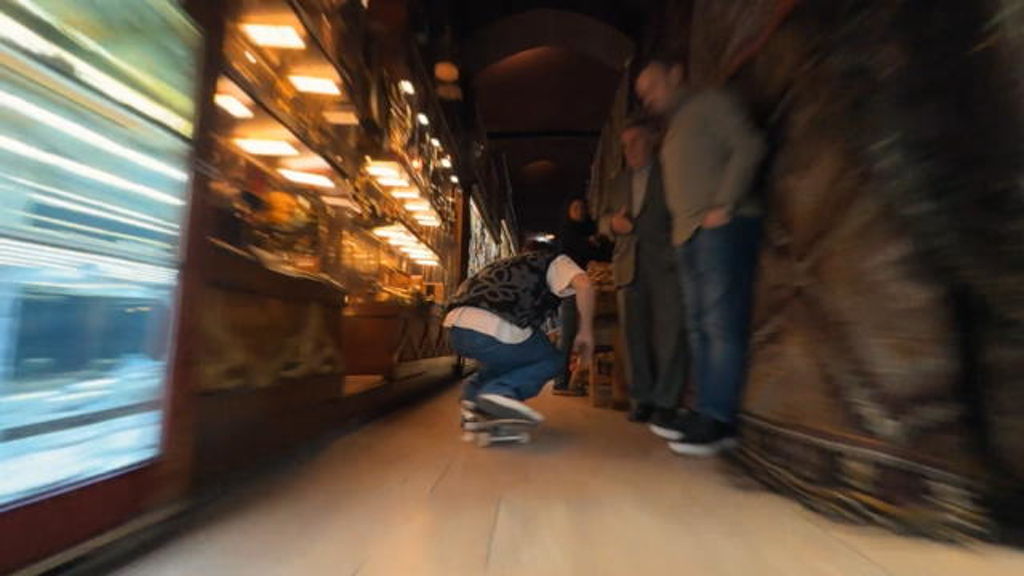
Credits
powered by
- Agency TBWA\Media Arts Lab/London
- Production Company Stink/UK
- Director Sinan Sevinc
- Executive Producer Jon Chads
- Editing The Assembly Rooms
- Editor Sam Rice-Edwards
- Production Services FPS Productions
- VFX Black Kite Studios
- VFX Producer Amy Richardson
- Producer Lucy Gossage
- DP Justin Brown
- Talent Bartu Kucukcaglayan
- Production Designer Yigit Abik
Above: TBWA/Media Arts Lab's new product demo film The Great Escape for Apple
The media landscape of the Think Different years has changed beyond recognition, of course, as Ciffone agrees. “Apart from non-skippable pre-roll, forced-view advertising has diminished,” he says. “People no longer watch ads between their tv shows. They watch an influencer doing a review on TikTok. A 10-min short film on YouTube. A series of Instagram reels. A documentary on Netflix. An in-app character reveal for a video game.” The one thing they avoid is ads. “As a result, brands have had to find new ways to create things people actually seek out.”
The parameters of what is branded content are increasingly blurry.
If it’s handled right and entertains, he adds, there’s no limit to the amount of ‘brand’ you can include in your content. “Look at Barbie,” he says. “It’s one giant, immaculately directed piece of branded content. Barbie pink in every frame. If it’s cool, there’s no such thing as too much brand.”
Above: Official Trailer for Netflix's Drive to Survive series created in collaboration with Formula 1
The parameters of what is branded content are increasingly blurry, with major-league streamers like Amazon and Netflix behind the branded docu-series format with Drive to Survive (Netflix) going behind the scenes courtesy of F1, and All or Nothing (Amazon) doing the same with football. And as RSA’s director Luke Scott points out, Love Island just may be the biggest branded content series of all time, with its commercial deals between bodilicious contestants and the likes of PrettyLittleThing, Forever Unique, Oh Polly and Gymshark.
“It’s one of the most effective brand entertainment pieces,” says Scott, “a staggeringly good example of where brands show up in mass media. A popular TV show that really pushed a lot of accessories, make-up, hair, a lot of very focused groups of consumers... Shows like Love Island are a really good example of how it can work.”
Above: Trailer for ITV's reality show Love Island, season 9 (2022)
For Scott, whose work as a director of branded content encompasses launch campaigns for blockbusters like Bladerunner 2049 and Prometheus, branded content’s beginnings start at the doors of that original purveyor of soap opera in 1930s America, Procter & Gamble, sponsor of the first radio drama serials. “They were vehicles to provide advertising breaks around them, and product demos within them,” says Scott. “Brands are having to go back to that model to get attention.”
In a digital world, brands can adopt the persona of an entertainment company.
The oxygen of attention is key. Without it, campaigns asphyxiate and die. And to capture attention, you need to entertain, and to entertain, you need good content. “Advertising could, and to some extent always had been in this country, an entertainment prospect,” he says. “Like the Nescafe adverts – the Gold Blend couple. In a digital world, brands can adopt the persona of an entertainment company. You have to entertain your customer and your audience. They’ll recognise good content when they see – when it entertains. It can be purely dramatic and scripted, or it can just as easily be well thought through, unscripted documentary-style work, lifestyle work. So long as it has authenticity, which is key, and is clearly of a level of craft that will appeal to an audience.”
His father Ridley Scott’s recent Samsung Behold three-minute film is an example of high-level craft and visual scripting creating a mini-blockbuster out of what is basically a product demo with just one element of direct branding appearing in the end credits - “filmed with Galaxy S23 Ultra”.
Credits
powered by
-
- Production Company RSA Films
- Director Ridley Scott
-
-
Unlock full credits and more with a Source + shots membership.
Credits
powered by
- Production Company RSA Films
- Director Ridley Scott
- VFX Untold Studios
- VFX Executive Producer Tomek Zietkiewicz
- Color Executive Producer Ellora Soret
- Color Company 3/London
- Colorist Jean-Clement Soret
- Original Music and Arrangements Eclectic
- Edit House The Assembly Rooms
- Sound Design & Mix Bark Soho
- Production Service France Peninsula Film
- Writer Luke Scott
- Producer Emma Cairns
- Executive Producer John Payne
- Executive Producers Kai-Lu Hsiung
- Executive Producer Joon Park
- DP Flavio Labiano
- Creative Director Luke Scott
- Creative Director Christine Jones
- VFX Executive Creative Director Dave Fleet
- VFX Supervisor Chris Redding
- VFX Lead Tom Moreland
- VFX Producer Nathan Hoad
- Editor Jim Weedon
- Edit Producer Daniel Breheny
- Edit Producer Phoebe Armstrong Beaver
- Sound Designer Eden Read
- Audio Producer Carley Reynolds

Credits
powered by
- Production Company RSA Films
- Director Ridley Scott
- VFX Untold Studios
- VFX Executive Producer Tomek Zietkiewicz
- Color Executive Producer Ellora Soret
- Color Company 3/London
- Colorist Jean-Clement Soret
- Original Music and Arrangements Eclectic
- Edit House The Assembly Rooms
- Sound Design & Mix Bark Soho
- Production Service France Peninsula Film
- Writer Luke Scott
- Producer Emma Cairns
- Executive Producer John Payne
- Executive Producers Kai-Lu Hsiung
- Executive Producer Joon Park
- DP Flavio Labiano
- Creative Director Luke Scott
- Creative Director Christine Jones
- VFX Executive Creative Director Dave Fleet
- VFX Supervisor Chris Redding
- VFX Lead Tom Moreland
- VFX Producer Nathan Hoad
- Editor Jim Weedon
- Edit Producer Daniel Breheny
- Edit Producer Phoebe Armstrong Beaver
- Sound Designer Eden Read
- Audio Producer Carley Reynolds
Above: Ridley Scott’s recent product demo film Behold for Samsung
Odelay Films has also made branded content for Samsung, featuring UK comedian Jim Moir (the older person’s Vic Reeves), with his artist’s trilby on, bending over a Galaxy S to make art. For Odelay’s founder Peter Lee Scott, “the most successful content always feels like it genuinely comes from the brand. Whether that’s Redbull’s sports documentaries or Dove promoting different body types, the brand voice is aligned with everything else they put out, not just the content but the way they talk about themselves. It feels harmonious and aligned.”
Nowadays, a brand that fails to locate its values risks getting dumped.
Whereas once brands were known for their products alone, today they are values-led, reflecting the values of their potential customer base. “Once, we didn’t think about what a brand stood for,” says Lee Scott. Nowadays, a brand that fails to locate its values risks getting dumped. More importantly, a brand can talk about its values without losing its audience, whereas pushing its product just gives us the collective ick. For Scott, audiences of the future “will arguably be more concerned with a company’s ethos and principles and value systems than with the product they are making”.
Above: Odelay's branded content for Samsung, featuring UK comedian Jim Moir
It’s certainly a case of the less said the better when it comes to product/content ratio. “If a brand has thought about its content, how it aligns with its identity and reputation, then the film will naturally feel synonymous with the brand,” says Lee Scott. He points to Redbull being a major pioneer of content-heavy branded films. “They build their brand around stories and documentaries,” he says, “and they’ve become very much a part of their identity.”
Odelay recently produced the ten-minute Dive Tierra Bomba Dive for Redbull. “It’s about shipping that goes through Colombia and damages the reef. It was an important documentary that was on the fringes of what Redbull might do, but it felt like a humanitarian cause they wanted to get behind and support. How they treated it editorially from the beginning of the project to the very end, was very well thought out and considered.”
A deeper connection will be far more fruitful. And a lot of brands are seeing that.
While the hard sell remains alive and well in traditional spots, branded content is its more subtle twin, aiming, as Lee Scott says, to “connect with audiences emotionally, and create a longer-term connection, so it’s not just about the immediate sales, but more about a shared value system with an audience that wants to keep coming back and buying their products or services. That deeper connection will be far more fruitful. And a lot of brands are seeing that.”
Credits
powered by
- Agency Red Bull Media House/Salzburg
- Production Company Odelay Films
-
-
-
Unlock full credits and more with a Source + shots membership.
Credits
powered by
- Agency Red Bull Media House/Salzburg
- Production Company Odelay Films
- Editing Marshall Street Editors (MSE)
- Editor Laura Cairney-Keize

Credits
powered by
- Agency Red Bull Media House/Salzburg
- Production Company Odelay Films
- Editing Marshall Street Editors (MSE)
- Editor Laura Cairney-Keize
Above: Odelay's recently produced ten-minute film Dive Tierra Bomba Dive for Redbull
McDonald’s is one such brand. In Denmark, it launched a six-webisode series, Everything Changes, which set out to show that a job at McDonald's was more than flipping burgers and bagging fries, but encompasses education, teamwork and responsibility too. To attract a social media gaze, it starred actress and influencer Anna Munch (300K followers on TikTok), but because McDonalds wasn’t on TikTok, it came out on YouTube.
It felt like content written by advertisers, and you have to unlearn that approach to it.
Getting it right was an education for creative director Tim Fremmich Andresen at NORD DDB. “We started building a storyline, but it felt like content written by advertisers, and you have to unlearn that approach to it,” he recalls. They brought in a director, a writer and a consultant who were familiar with the habitat. “We used a lot of people from TV and from web series to make it,” he adds. “We knew that if we did it we would probably fuck it up, by making it too much like an ad – using a little pun, a nice one-liner, which is not how people talk. Even the people who ended up writing it had to rewrite it because we showed it to some 16-year-olds, and they were like, no one says that.”
The prep paid off. Three weeks after putting it out online, Everything Changes had racked up 1.2m views in Denmark alone. “The original target was 500,000. Usually people don’t comment on ads on YouTube, but here you had people rooting for some of the characters, or asking, when is season two coming out?”
McDonald's – ALT ÆNDRER SIG Hæl, krone - what Episode 1
McDonald's – ALT ÆNDRER SIG Jeg skal videre Episode 2
McDonald's – ALT ÆNDRER SIG Er det mor, der spørger Episode 3
McDonald's – ALT ÆNDRER SIG Nej. Nej. Nej. Episode 4
McDonald's – ALT ÆNDRER SIG Keep it prof Episode 5
McDonald's – ALT ÆNDRER SIG Når alt ændrer sig Episode 6
Above: NORD DDB's six-webisode series Everything Changes for McDonalds
Active engagement with commercial content – spots, shorts, or feature length – is a rare phenomenon. But scroll the comments below Beavertown brewery’s animated ads from director and animator Alice Bloomfield (3 million views in under a year), and you’ll see plenty of it. One viewer writes, under Rime of the Ancient Mariner: ‘Whoever came up with this advert deserves a pay rise”. Another calls it “the only ad I didn’t skipped [sic]”. Under a music video for Queens of the Stone Age’s Paper Machete, @christophermichael3251 writes: “Second time in over 10 years I’ve been thankful for YT ads”.
My job is to make you stop scrolling.
“Nick Dwyer of Beavertown and I are a team,” says Bloomfield of the beer brand and the artist behind its immediately identifiable imagery. “It has a such an easily recognisable visual style. See those styles in a pub and you know it’s Beavertown, so you don’t really have to have the branding, you can go off-centre and have these crazy short films. Not many brands would want to do a terrifying little flight horror film, so it’s great that they are that creative.”
Not many would spent more than three seconds, let alone three minutes, on the high Goth Romanticism of Samuel Taylor Coleridge’s most famous poem, either. “Nick gave me a list of images of what he felt for each scene, and I put them together, started making them move,” she says, and laughs. “My job is to make you stop scrolling.”
Credits
powered by
-
-
- Director Alice Bloomfield
-
-
Unlock full credits and more with a Source + shots membership.
Credits
powered by
- Director Alice Bloomfield
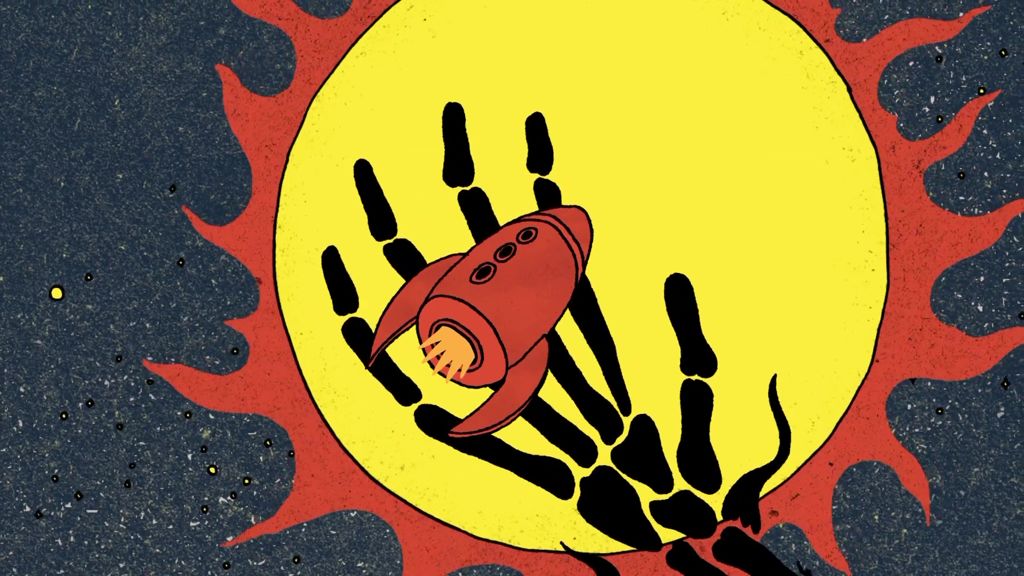
Credits
powered by
- Director Alice Bloomfield
Above: Beavertown brewery’s animated ad Rime of the Ancient Mariner from director and animator Alice Bloomfield
Extending that spirit of watching for content rather than product to a full-length feature is what sports brand ASICs has done with Mind Games – The Experiment, the brainchild of creative agency Neil A Dawson & Company. “ASICs is founded on is a human truth – that exercise benefits your mind,” says Dawson. “That’s their founding principle.”
There were plenty of shots where logos were present – and they were taken out. Because they won’t let you run a 75-minute advert.
Dawson soon discovered that the founding principle of a longform branded documentary for ASICs is, don’t fill it with ASICs training shoes. Get your real-people cast together, don’t treat it like an ad, and let the production company loose. “Because you can’t be all over them like you are with a commercial,” says Dawson. “There were plenty of shots where logos were present – and they were taken out. Because they won’t let you run a 75-minute advert, or what comes across as one. People wouldn’t watch it either.”
Credits
powered by
Unlock full credits and more with a Source + shots membership.
Credits
powered by
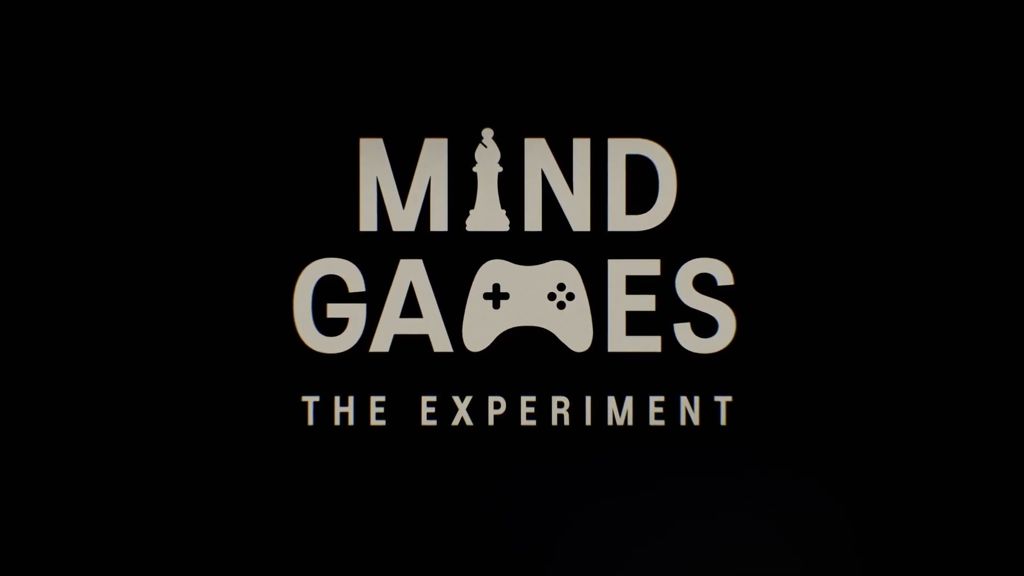
Credits
powered by
Above: Neil A Dawson & Company's branded documentary Mind Games – The Experiment for ASICs
The bottom line of content over brand (unless you’re Barbie), and of feeling a connection over being sold to, could soon see branded content get a larger slice of the pie than old-fashioned spots, whether that’s a documentary short or a TikTok video, with influencers pushing themselves to the front to grab a free slice of said pie.
People don’t want to be sold to anymore, they want a human connection with someone.
“The rise of influencers is a clear sign that content is becoming king, especially with a younger audience,” says Odelay’s Peter Lee Scott. “It’s all short content about human connection – they’re watching people because they want to feel that they listening to someone who’s aligned with their value system, and understands them and can communicate with them. That’s why so many people keep going back to these influencers. They find their place there.
“Traditional advertising will always have a place,” he concludes, “but I can see a scenario where branded content overtakes it, because people don’t want to be sold to anymore, they want a human connection with someone. Or they want a connection with a brand that aligns with their value system.”
)

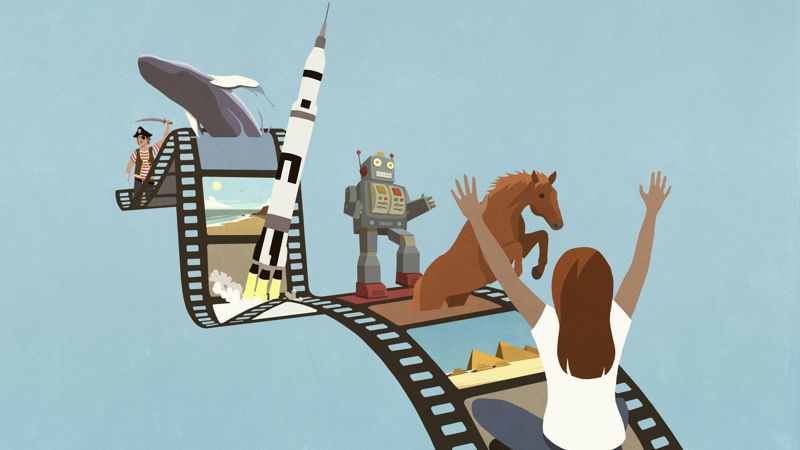


 + membership
+ membership








